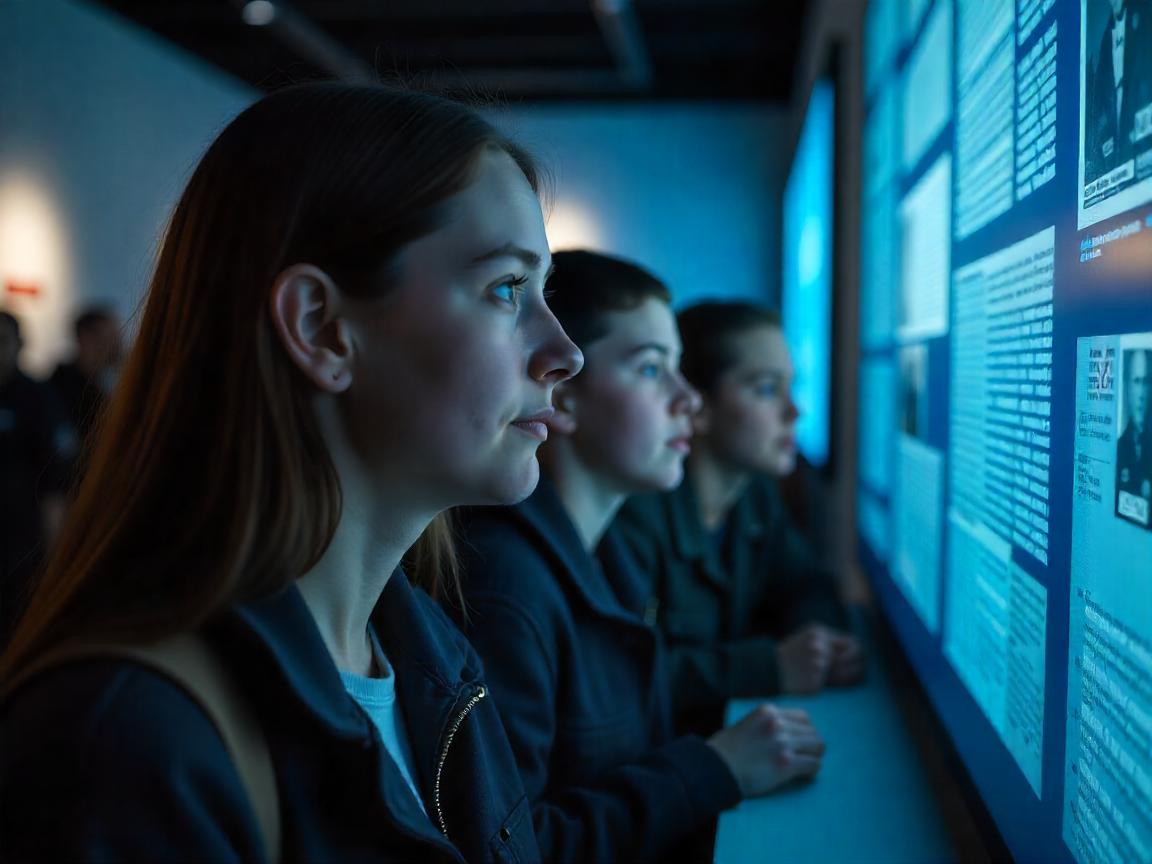World history is filled with remarkable events and fascinating cultures that shaped the modern world. To truly appreciate this rich tapestry, history lessons need to go beyond memorizing dates and facts—they should immerse students in the stories and experiences of the past. Here are some top world history lessons that effectively bring history to life, making learning engaging and memorable.
One of the most impactful lessons involves exploring ancient civilizations such as Egypt, Mesopotamia, Greece, and Rome. Using artifacts, replicas, and interactive maps, students can discover how these societies developed governments, religions, and technologies. Role-playing as pharaohs, senators, or philosophers encourages active participation and helps students grasp complex social structures.
The study of major revolutions—like the American, French, and Industrial Revolutions—offers dramatic narratives of change and upheaval. Students analyze causes and consequences through debates, mock trials, or creative writing from the perspective of historical figures. This approach deepens understanding of political and social dynamics.
World wars provide powerful lessons on conflict, diplomacy, and human resilience. Documentaries, primary source analysis, and survivor testimonies personalize these global events. Activities such as creating war memorial projects or examining propaganda posters develop critical thinking and empathy.
Exploring the Age of Exploration and the resulting cultural exchanges helps students understand globalization’s roots. Lessons may include tracing explorers’ routes on maps, studying the impact on indigenous peoples, and discussing the ethical dimensions of colonization. These topics promote awareness of historical interconnectedness.
The rise and fall of empires—such as the Ottoman, Mughal, and British Empires—illustrate themes of power, culture, and resistance. Students engage with diverse sources, from art to official documents, to appreciate multiple perspectives. Group projects can simulate empire-building challenges, fostering teamwork and strategic thinking.
Civil rights movements across the world offer lessons on justice, equality, and social change. Through biographies, speeches, and multimedia presentations, students connect past struggles to ongoing issues. This encourages civic engagement and moral reflection.
Finally, incorporating technology like virtual reality tours of historical sites or interactive timelines makes history immersive and accessible. These tools cater to different learning styles and keep students motivated.
In conclusion, world history lessons that bring the past to life combine storytelling, hands-on activities, diverse perspectives, and modern technology. By engaging students actively, these lessons foster a deeper appreciation of history’s relevance and inspire lifelong learning.
